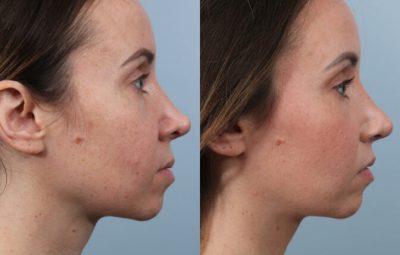Having beautiful and lustrous hair is very important for many of us, be it for a female or a male. Many people believe that hair is one of the critical indicators of age, health, and sometimes, just beauty. However, in this modern-day, with the high levels of stress and unhealthy eating habits alongside the uncertain weather and air pollution, many people are finding it harder and harder to have lustrous hair. Sometimes, hair concerns can also be genetic, and this is very frightening for the young and middle age group to watch their hair lose its glory. Thankfully, these days we have dermatologists who can help answer their hair’s doubts and hopefully return to the glory hair days. You might be asking, “when should I see a dermatologist for my hair”? Let this article discuss more about that question. However, if you are worried about the health of your hair, book an appointment and pay a visit to a dermatologist.
One of the main concerns of people these days is hair fall. Before we discuss this topic further, it is important to understand that it is normal to lose 50-100 strands of hair each day. Yes, that may sound like a lot, but it is normal to shed that many strands a day. However, if someone notices that they are losing hair in clumps or hair strands are all over the pillow or the floor, then maybe it would need attention. Suppose they notice circular areas of hair thinning or excessive hair fall. In that case, it might be the right time to get an appointment with a dermatologist. Hair fall can be due to many reasons. One of the reasons is Telogen Effluvium, where hair starts to fall after a major stressful life event. This might be seen in cases like after giving birth, death of a loved one, major surgery or a major illness.
Telogen Effluvium is when there is diffused hair loss and commonly occurs three months after a major life event. Moreover, it can also be caused by a drastic change in diet or emotional stress. This type of hair fall does not occur in clumps, but more like general thinning of the hair ( diffuse thinning). However, it has a good prognosis as it usually resolves within six months to one year.
The next type of hair loss is androgenetic hair fall. There is thinning of hair on top of the scalp, more marked towards the forehead. The presentation is different for women. Their hair loss presents as widening of the central part of their hair or very noticeable thinning on top of the scalp. In these scenarios, hereditary causes play a significant role. It is very common to have other family members having the same conditions. The good news is, there are many treatment modalities currently in the market. Some of the treatment choices are oral pills, injections, and topical foams.
Those suffering from autoimmune diseases also have a higher chance of experiencing major hair fall in their lifetimes. An autoimmune disease called Alopecia Areata is common. It happens because the person’s own body recognises the hair follicles as foreign and attacks the hair follicles, causing an autoimmune reaction—this kind of condition results in coin-shaped areas of total or almost total hair loss. Alopecia Areata responds well to clinic treatments like injections and also systemic and topical medications.
Above are just some of the causes of hair fall. If you have any symptoms above, now is probably the best time to book an appointment with a dermatologist. Haircare is a lifelong investment and an investment you will not regret making.








